Article: DANCE AND LONGEVITY: HOW MOVEMENT TRANSFORMS YOUR BRAIN, BODY, AND DNA
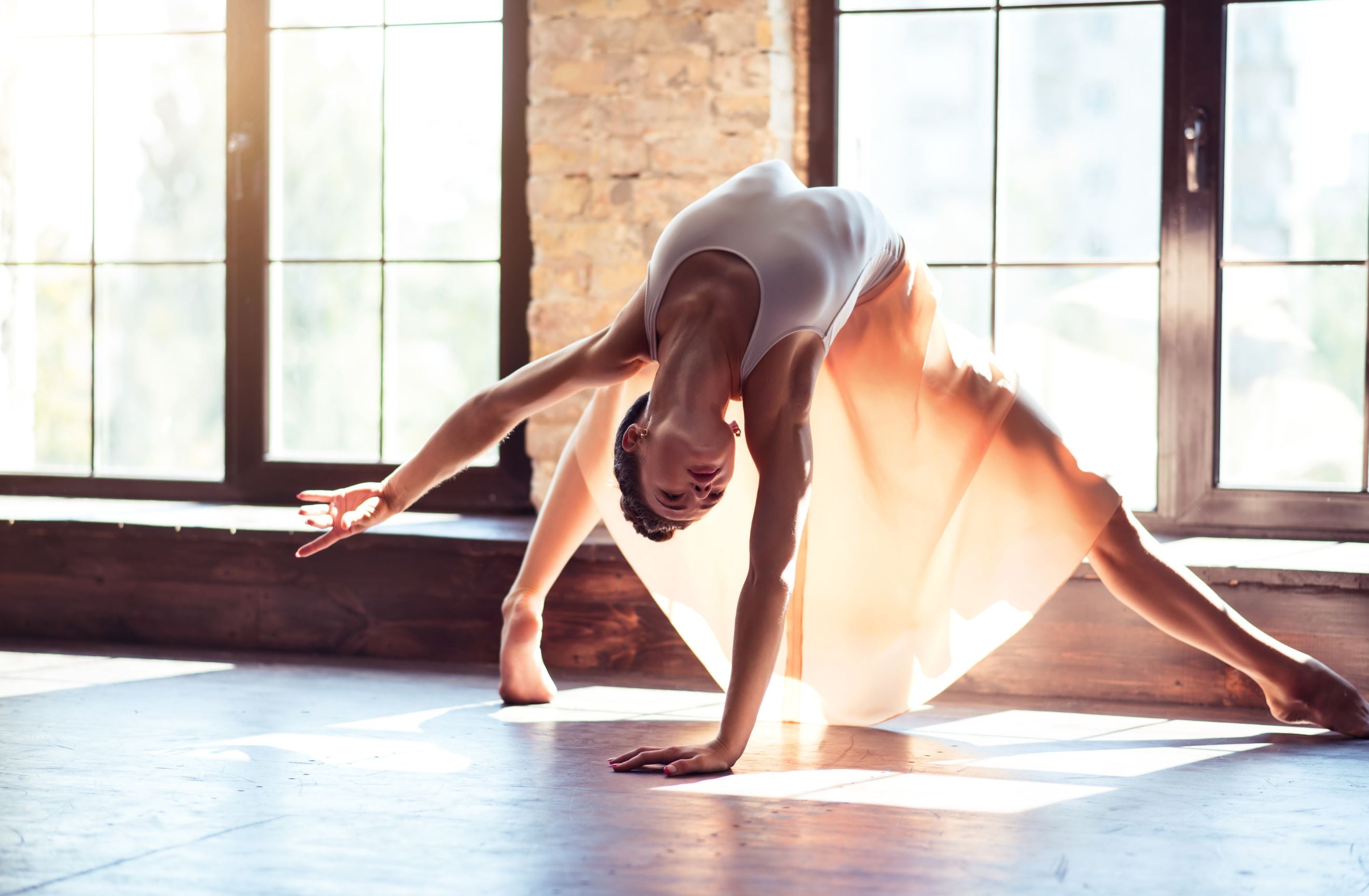
DANCE AND LONGEVITY: HOW MOVEMENT TRANSFORMS YOUR BRAIN, BODY, AND DNA
Did you know that dancing can reshape your brain, strengthen your bones, and even influence your DNA? Whether you’re a casual dancer or a dedicated performer, science reveals the extraordinary benefits of dance on both body and mind. In this article, we explore some of the most fascinating findings on how dance enhances cognition, health, longevity, and performance.
HOW DANCE RESHAPES YOUR BRAIN AND ENHANCES COGNITIVE FUNCTION
Studies have found that people who have danced throughout their lives are less likely to develop dementia or experience cognitive decline as they age [2].
A review of eight studies—including dancing styles like salsa, rumba, waltz, cha-cha, blues, jitterbug, tango, jazz dance, square dance, social dance, and others—revealed that dance leads to both structural and functional changes in the brain. Structural changes included an increase in the size of the hippocampus (a region crucial for memory), greater grey matter volume in areas such as the left precentral and parahippocampal gyrus (involved in movement and memory) and improved white matter integrity (which aids communication between different brain areas).
On a functional level, dance was found to improve memory and attention. It also positively affected neurotrophic factors, molecules that promote the growth and survival of nerve cells. These findings suggest that dance enhances neuroplasticity—the brain’s ability to form new connections between its cells and adapt [8].

HOW DANCE ENHANCES BALANCE AND PREVENTS INJURY
Beyond cognitive benefits, dance also plays a key role in physical resilience. One of the most striking advantages is its impact on balance and injury prevention. Research suggests that female dancers have lower rates of anterior cruciate ligament (ACL) injuries compared to physically active women, likely due to their improved balance control. Furthermore, studies show that dancers perform better on some balance tests, which may help reduce musculoskeletal injuries (injuries affecting muscles, bones, and joints) [1].
But what kind of dancing are we talking about? A study evaluating the impact of various dance styles on balance in individuals with Parkinson’s disease found that Argentine tango, folk dance, and ballroom dance had the most significant effects. Although the study focused on Parkinson’s, the results suggest that dance styles incorporating directional changes, coordination, and rhythmic movements are particularly effective in improving balance [7].
Beyond professional performers and neurological conditions, dance has also been shown to help older adults reduce fall risk. Studies indicate that dance improves mobility, endurance, and physical function in this population [5, 9].
CAN DANCING INDUCE CHANGES IN YOUR DNA?
Beyond its impact on strength and coordination, dance influences the body at a cellular level—including gene expression. Emerging research suggests that physical activity, including dance, can influence gene expression through DNA methylation—a process that regulates biological functions like inflammation, metabolism, and cell growth. DNA methylation acts as a switch, turning genes on or off, which can impact various biological functions, including inflammation, metabolism, and cell growth. Abnormal methylation patterns have been linked to increased disease risk, including cancer [10].
Research suggests that regular physical activity is associated with higher global DNA methylation levels, which may help maintain healthy cell function and reduce the risk of age-related diseases.

EFFECTS ON BONE DENSITY: HOW MOVEMENT SUPPORTS SKELETAL HEALTH
While all types of exercise can benefit bone density, the emphasis in this area is placed on weight-bearing activities. These exercises require you to support your body weight against gravity, such as dancing, unlike activities like swimming or cycling, which provide external support.
Among weight-bearing exercises, classical ballet has a particularly positive impact on bone growth due to the stress it places on the skeletal system during training [3]. However, the benefits are most noticeable during early life stages. For example, in children, ballet has been linked to higher bone mineral content after three years compared to non-dancers [4]. Similarly, during puberty, when the body is more responsive to mechanical loading, ballet can further enhance bone development.
And what about older populations?
The benefits of dance extend beyond early life. For postmenopausal women, low-impact dance activities—such as side-stepping, leg lifts, and heel raises—have been shown to improve markers of bone formation, supporting bone metabolism [11].
Moreover, research shows that older adults with osteoporosis can reverse some bone damage through dancing. For example, square dancing has been found to improve bone mineral density and reduce pain in women with postmenopausal osteoporosis [6]. Similarly, salsa has also shown positive effects in older adults.

THE SCIENCE BEHIND ELITE DANCERS: PERFORMANCE, PRECISION, AND CHALLENGES
At LEMAlab®, our DNA is built around elite performance and the relentless pursuit of excellence. Professional dancers are a unique category of athletes, combining peak physical conditioning with artistry and precision. Their training, which often begins in childhood, involves rigorous physical and mental conditioning that shapes their bodies and minds in unique ways. Studies indicate that professional dancers exhibit exceptional proprioception, balance, and neuromuscular coordination, the result of years of repetitive practice and movement precision [1]. Furthermore, elite dancers show heightened neuroplasticity, with structural changes in brain regions such as the hippocampus and precentral gyrus, which are crucial for memory, movement, and spatial awareness [3]. Cardiovascular endurance and musculoskeletal strength are also superior in this population, as dance styles like ballet impose beneficial mechanical stress on bones, enhancing bone density and joint health [14]. However, these performers face unique challenges, including a higher risk of overuse injuries and the psychological pressures of performance, emphasising the need for tailored recovery, nutrition, and mental health strategies to maintain their elite status. We will explore these aspects further in a future article.
BOTTOM LINE
Dance is a powerful tool for optimising both physical and mental performance, whether in elite training or lifelong movement. It boosts brain function by improving memory and neuroplasticity, while also lowering the risk of injury through improved balance and coordination. Additionally, dance can positively affect gene expression in your DNA, supporting cellular health and potentially helping to prevent disease. It also promotes bone density at all life stages and has even been shown to reverse some bone damage in older adults with osteoporosis. Ultimately, dance optimises physical and cognitive performance, reinforcing strength, endurance, and longevity for those who push their limits.
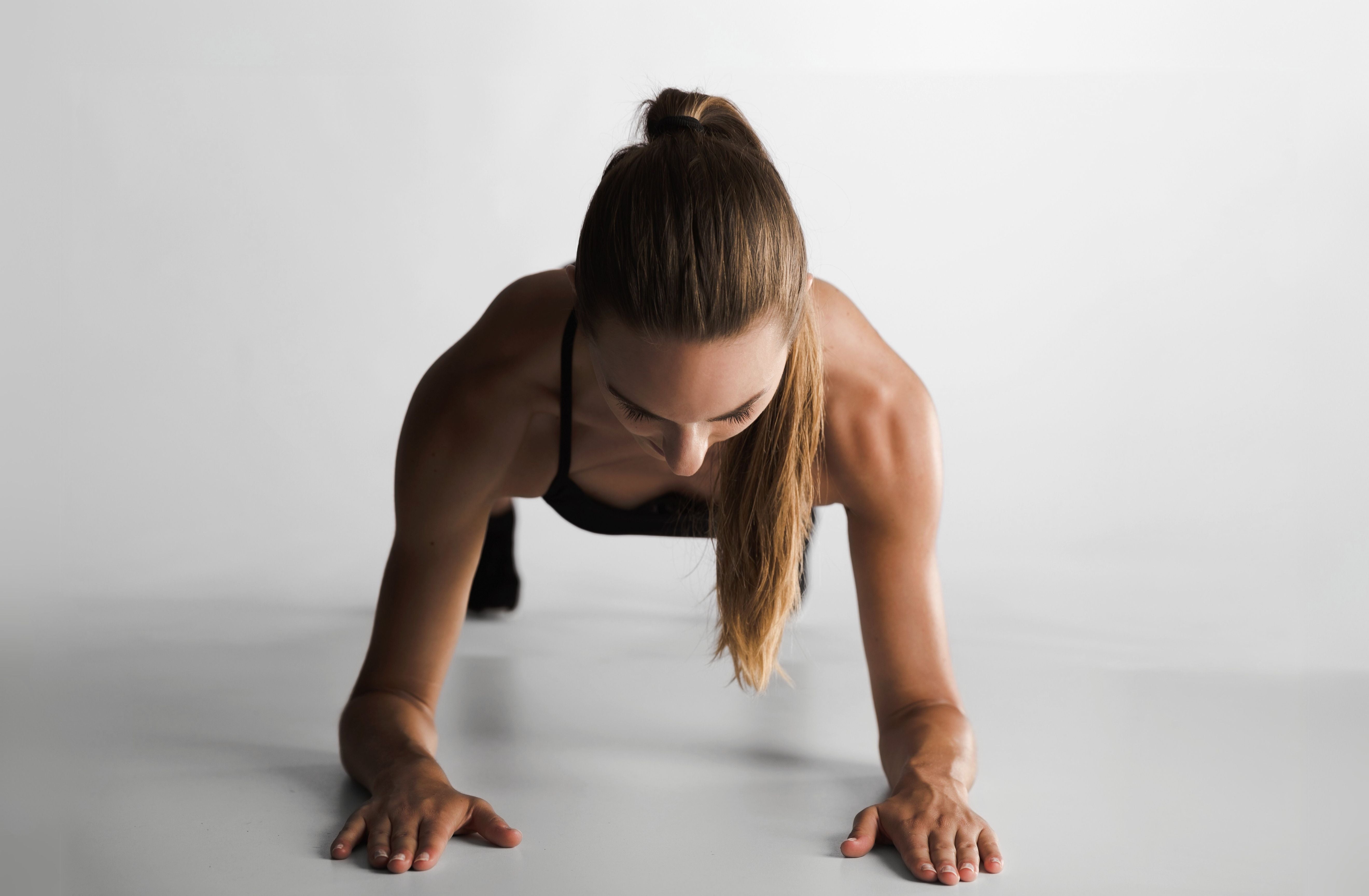
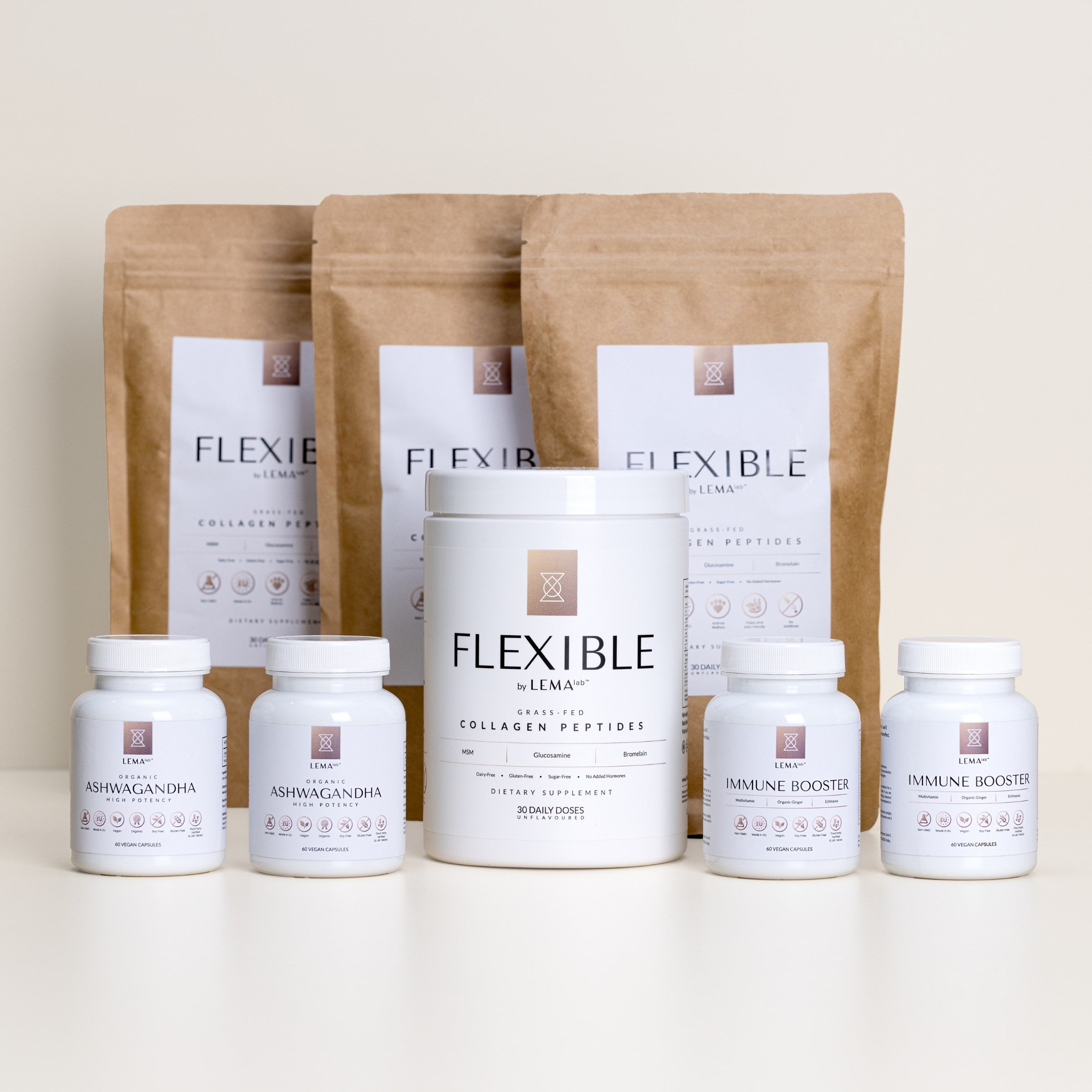
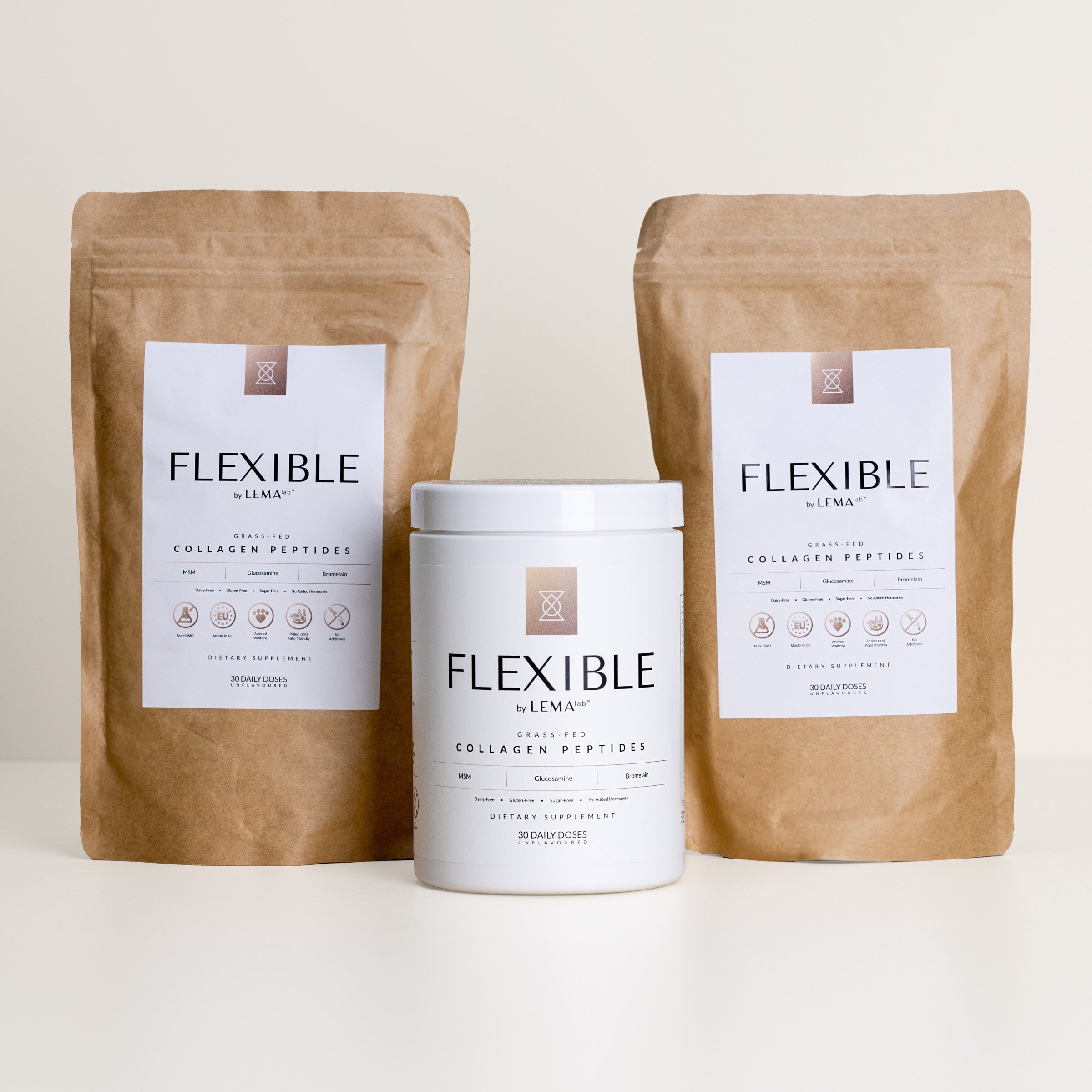

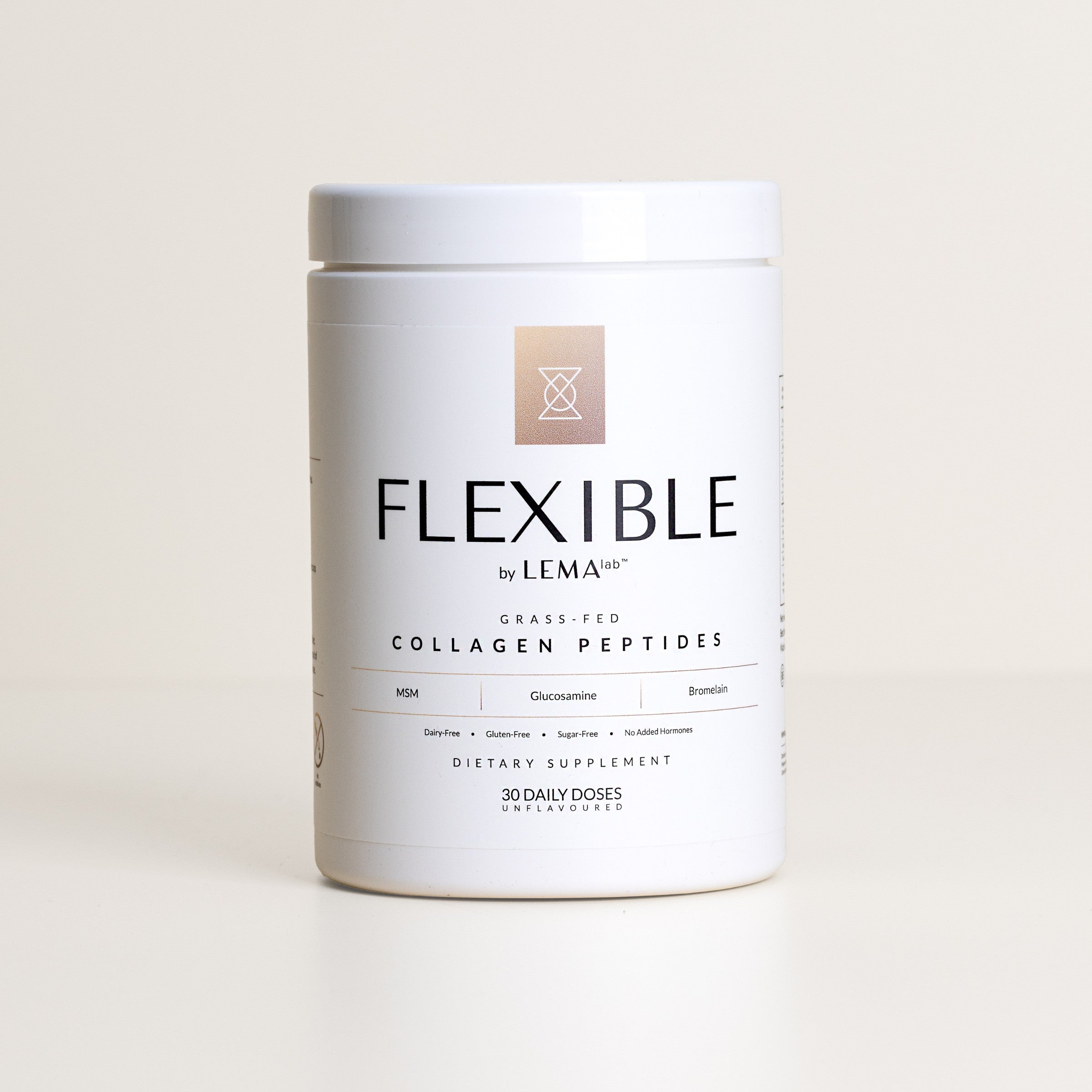

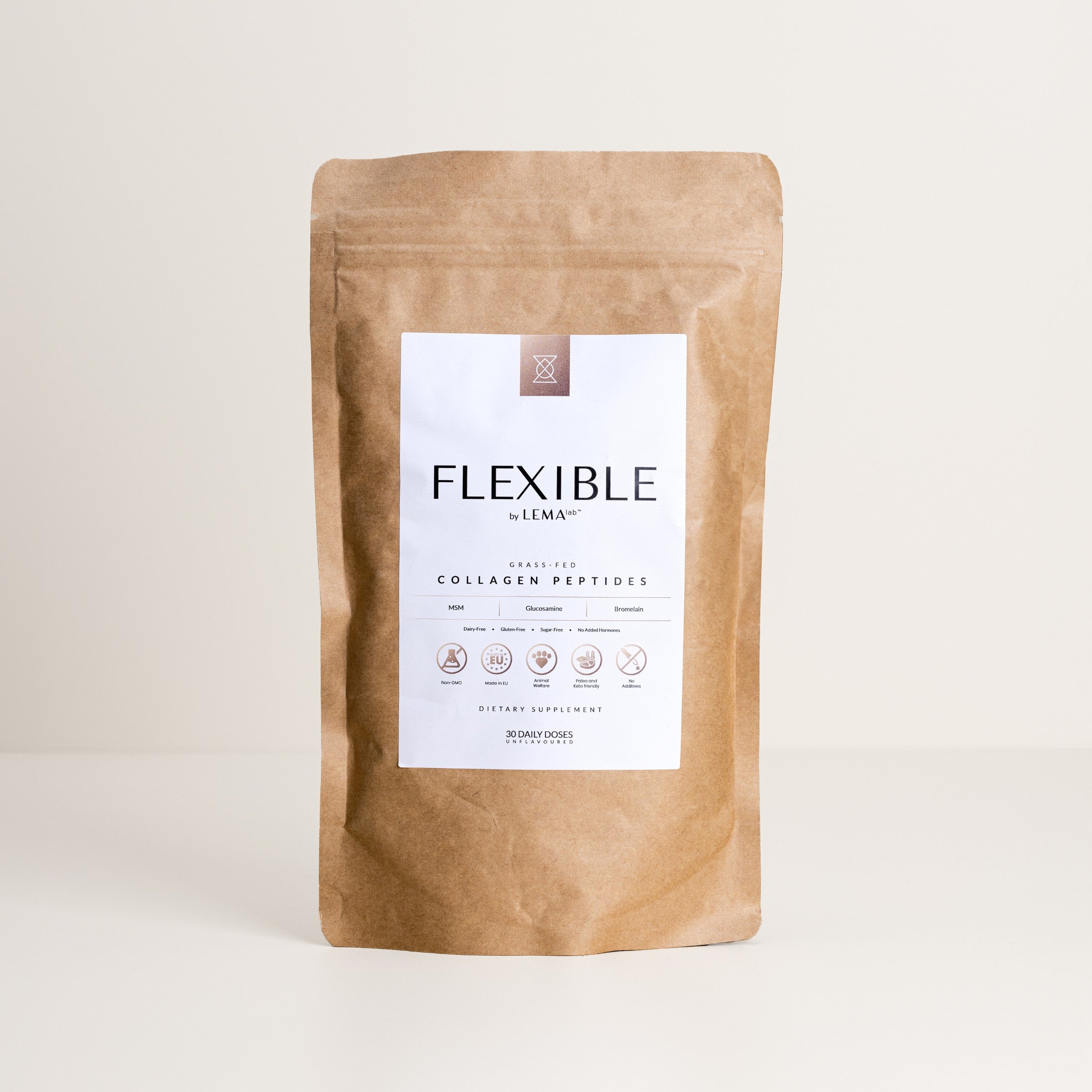

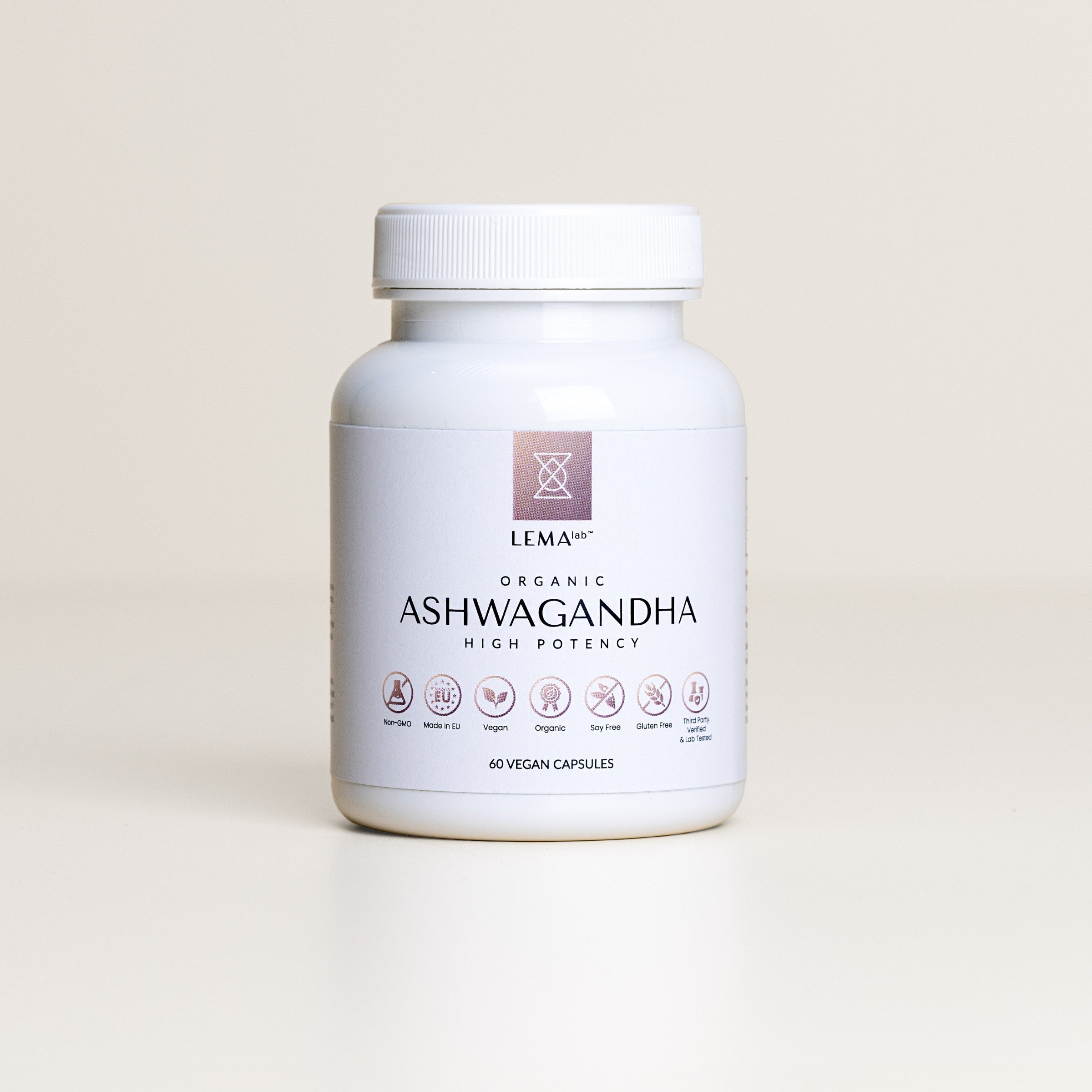

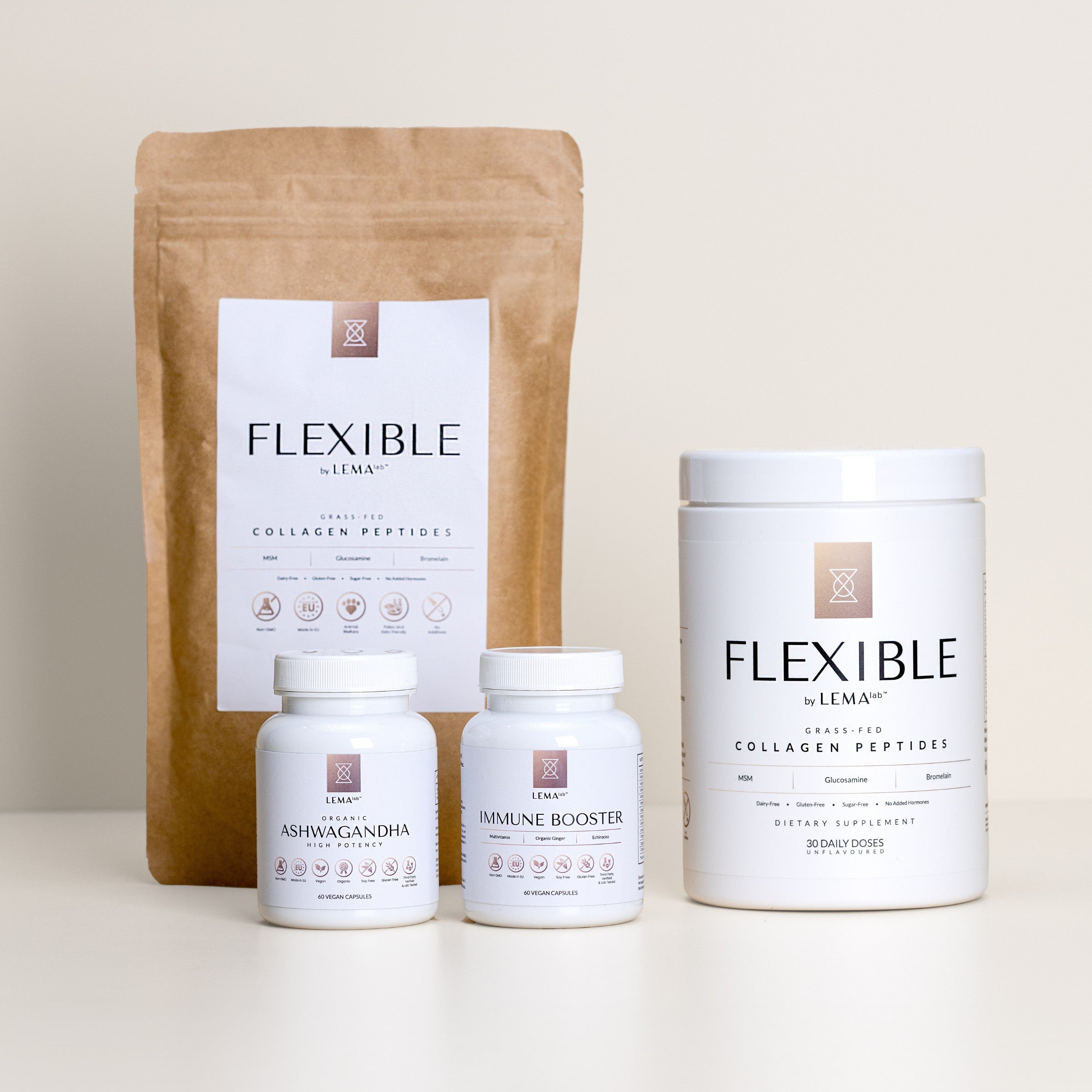
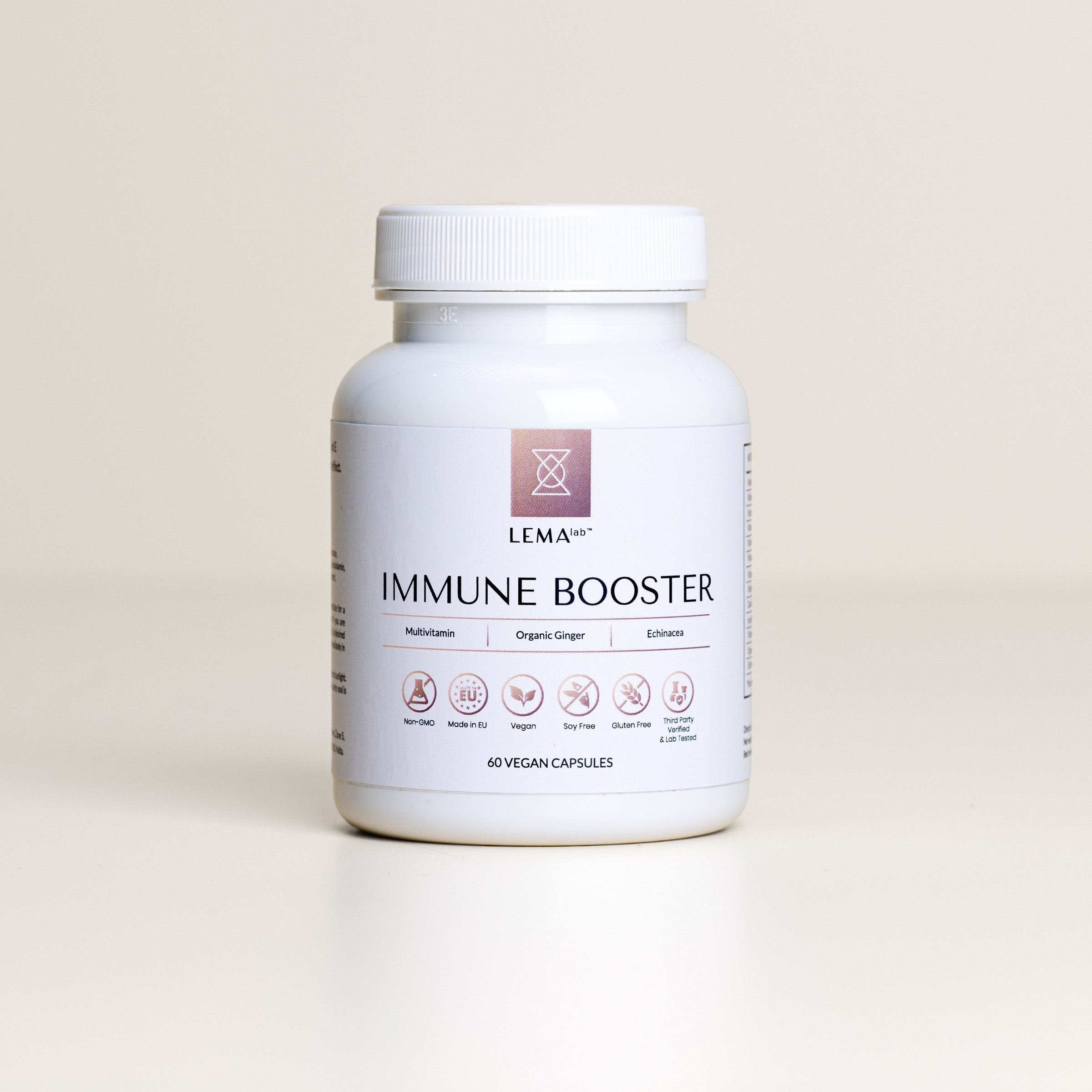

Leave a comment
This site is protected by hCaptcha and the hCaptcha Privacy Policy and Terms of Service apply.